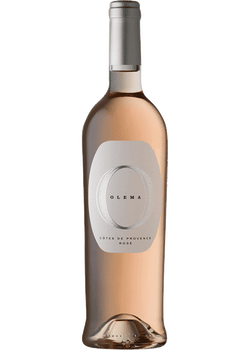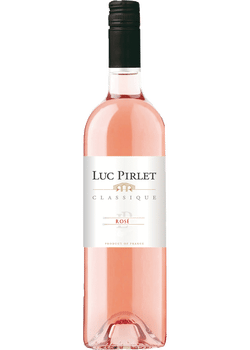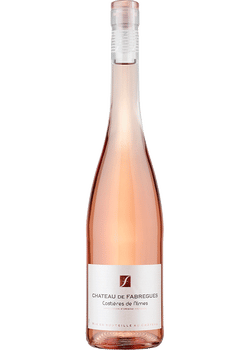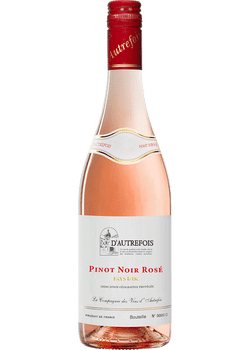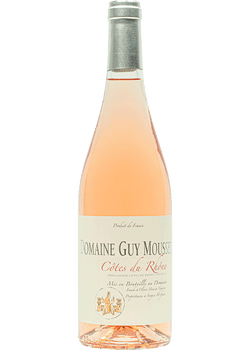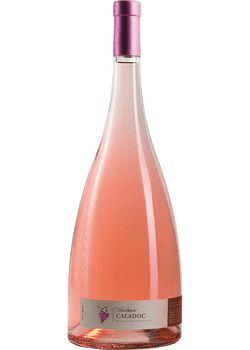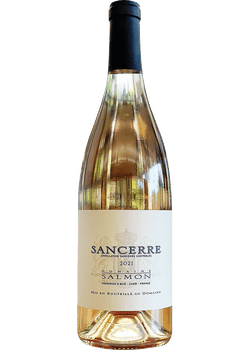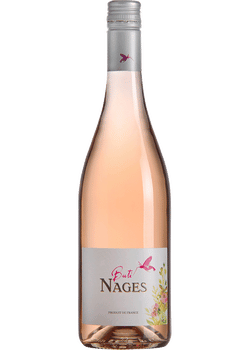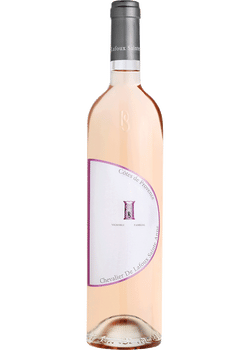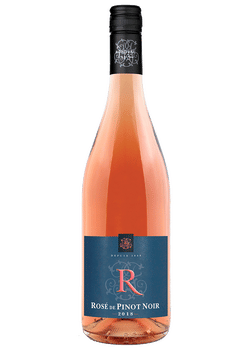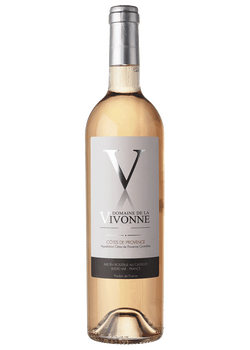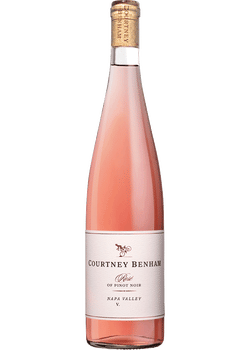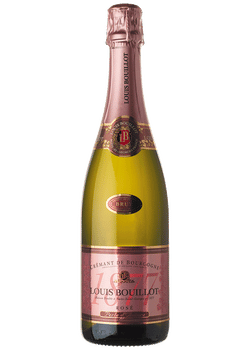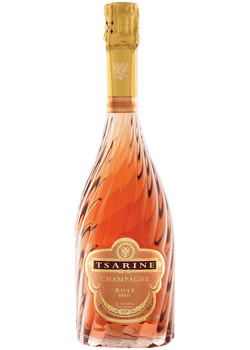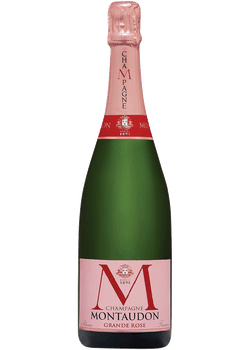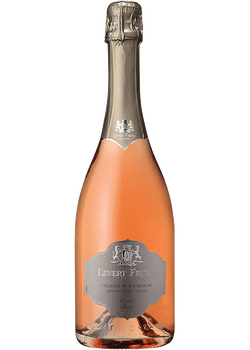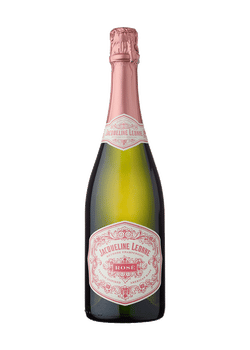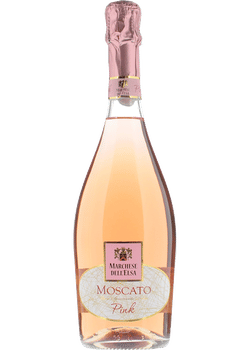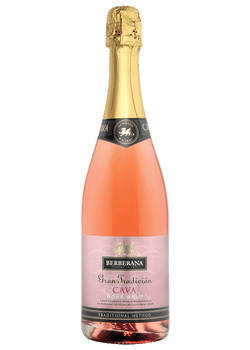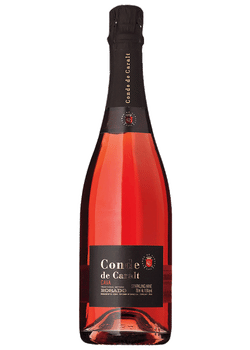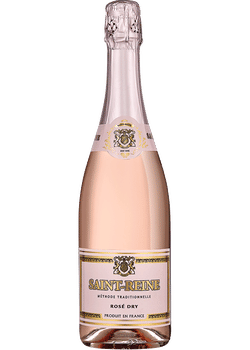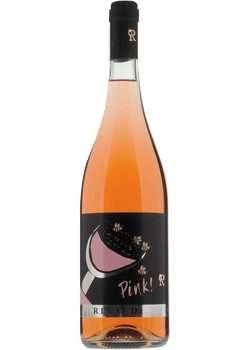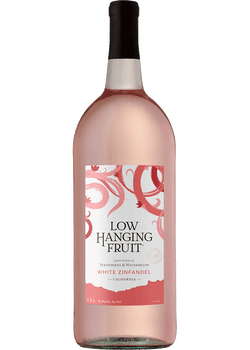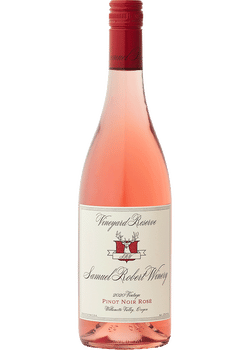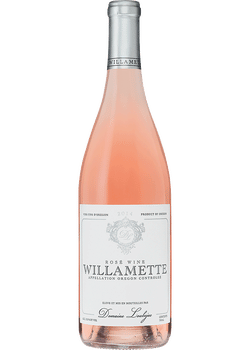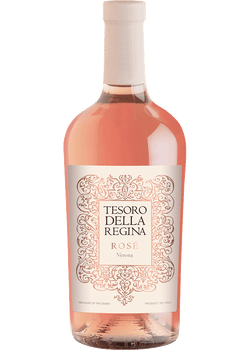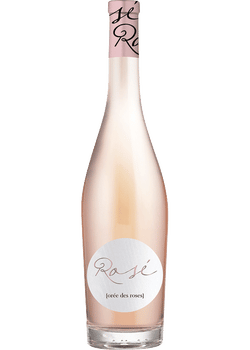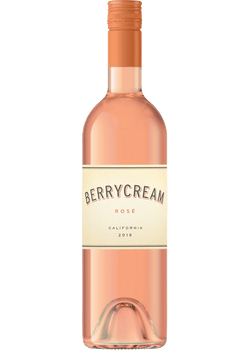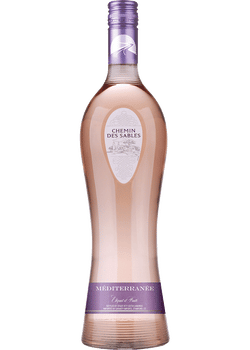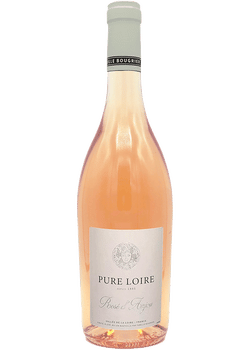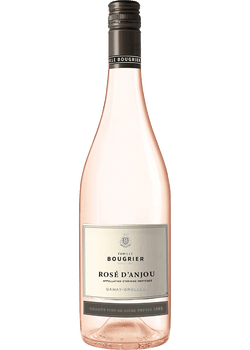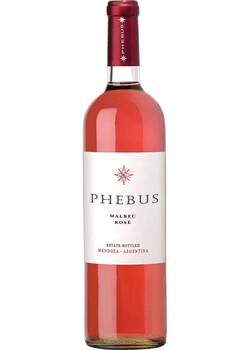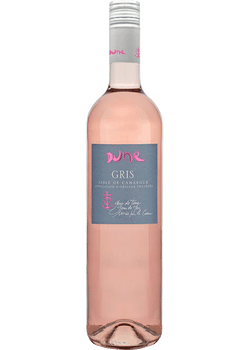What is Rosé wine?
The word Rosé means “pink” in French and describes wines that range in color from a pale copper to an orange-pink salmon to a deep almost red-pink. Rosé is a type of wine, just like red or white, and not in reference to any particular grape varietal. Red grapes are used to make Rosé and the skins are what give them the iconic pink color. We’ll touch on how that happens in a bit!
The types of red grapes used to make the wine vary based on the country and region it comes from. Grenache, Syrah, Cabernet Sauvignon, Pinot Noir, Mourvèdre, Sangiovese, Zinfandel are just a few of the red varietals used to make Rosé. Some styles are made using a single varietal, but the majority are made from a blend of red grapes.
So why create this in-between red and white wine style? Rosé wines allow for a refreshing, chilled wine that has subtle nods to the flavors of beloved red wines. This style of wine is very popular in warm climates, especially in the south of France in Provence, which is synonymous with Rosé.
5 quick facts about Rosé
- Rosé has stood the test of time — some of the first documented wines in ancient Greece and Rome were Rosé
- The red grape varietals and maceration time determine the shade of pink of the wine
- This style of wine has many names: Rosé in France, Rosado in Spain, and Rosato in Italy
- Rosé is not just for summer. It is a versatile food pairing wine and can be enjoyed all year long
- The flavors of Rosé come from the type of red grape used and vary just like all red and white wines
How is Rosé wine made?
While you can blend red and white wine to make Rosé, this method is not commonly used and is often not allowed. The most common way Rosé wine is made is called short maceration. Other techniques such as saignée are also used but not as frequently. We’ll dive into each of these.
Short maceration (skin contact)
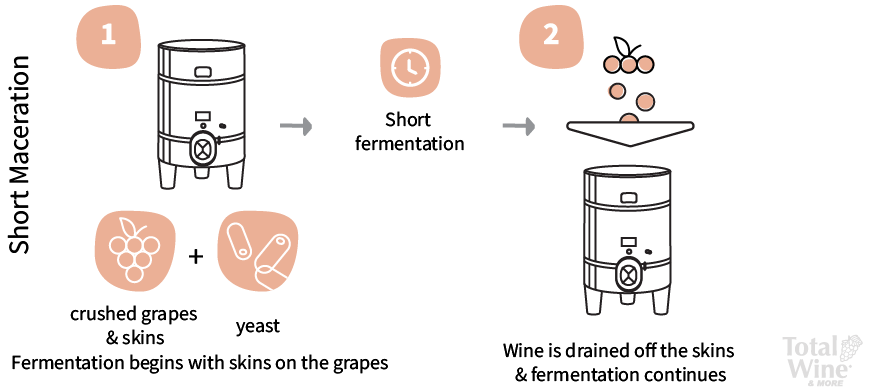
As we mentioned before, Rosé wines start with red grapes. Winemakers harvest grapes early to maintain acidity and fresh fruit flavors. The winemaking process starts the same way as making red wine — the grapes are crushed with skins on and then moved into a tank to start the fermentation process.
Instead of allowing the skins and juice to stay in contact for the full fermentation period, the juice is drained off the skins after a short period of only a few hours or days. The different shades of pink come from the amount of time the wine is macerated on the grape skins, as well as the types of red grapes used to make the wine.
The pink juice continues fermenting until all the sugar is consumed by the yeast, resulting in dry Rosé wines. The wine is then stored in stainless steel tanks before bottling. Rosés are rarely stored in oak barrels, as most winemakers want to keep the fresh fruit flavors intact.

Saignée
Saignée (pronounced San-YAY) is a French term that translates to “bled”. This style of Rosé wine is made by running off, or bleeding, juice from just crushed dark-skinned grapes. This technique has two results. The first produces bolder red wines that become more concentrated and complex after some of the juice is removed. And the second is the Rosé wine created from the portion of the pink juice bled off.
What does Rosé wine taste like?

Rosé wines are light, bright, and refreshing. They have similar flavors to the red wine grapes used to make them but are crisper and fresher. You’ll find red fruit aromas and flavors of strawberry, cherry, and raspberry, along with floral, citrus, and watermelon notes. You can also find herbal and vegetal qualities such as celery, rhubarb, and pepper.
The flavor of a Rosé wine will vary depending on the type of red wine grapes used. A Rosé featuring Grenache or Pinot Noir grapes is typically lighter and crisper with flavors of strawberry, watermelon, and citrus. A Rosé made with Cabernet Sauvignon grapes typically has more depth and deeper flavors of cherry, plum, and a hint of tannin.
Styles of Rosé
Dry Rosé
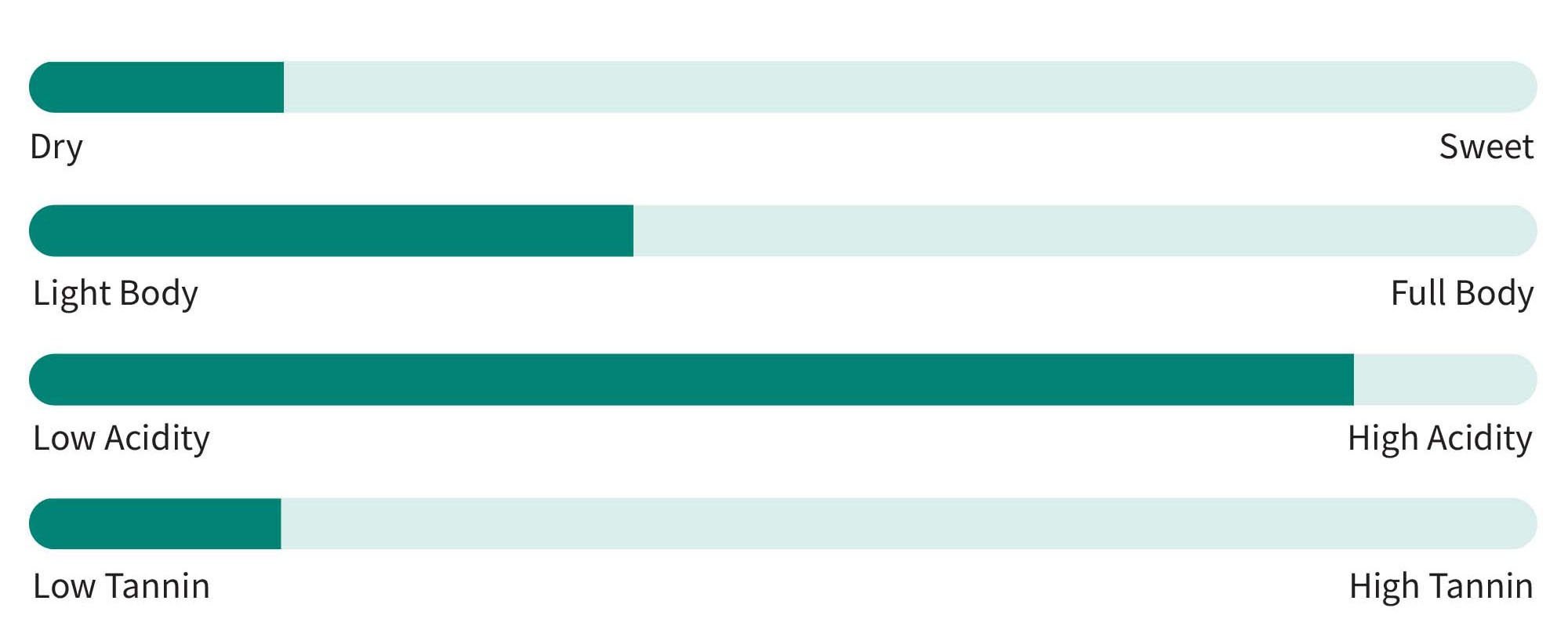
The most common style of Rosé wine is dry (not sweet). They range in color from a pale pinkish-orange to a deep almost red pink. With notes of red fruits and floral aromas, dry Rosé wines make for a refreshing drink before or during a meal. A dry Rosé is also the perfect option for when you want a refreshing, chilled wine but also the aromas and flavors of red wine.
4+ Star Rated Dry Rose
Sparkling Rosé
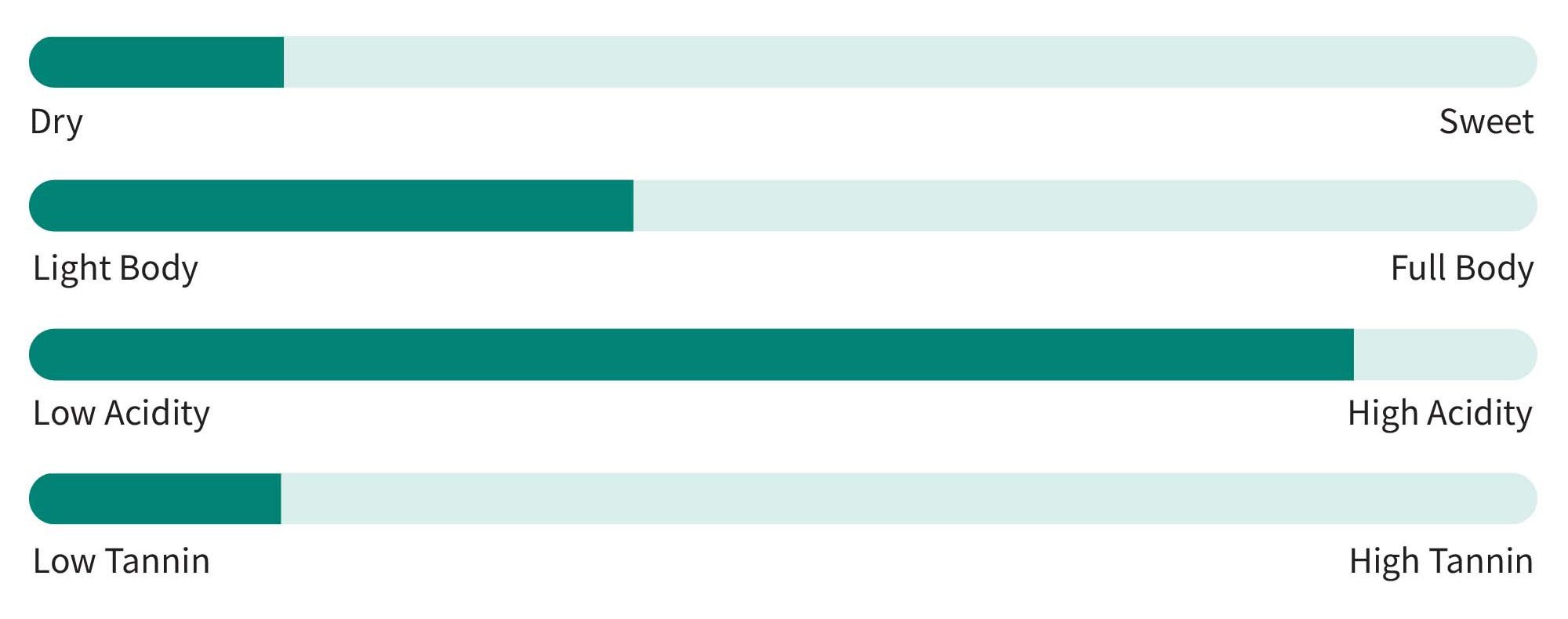
If bubbly wine is your thing, you should give sparkling Rosé a try. Sparkling Rosé showcases characteristics of the red grapes it was made from, while also delivering that beloved crisp, effervescence. From Champagne to Prosecco, there are a ton of pink sparkling wine options out there.
4+ Star Rated Sparkling Rose
Sweet Rosé
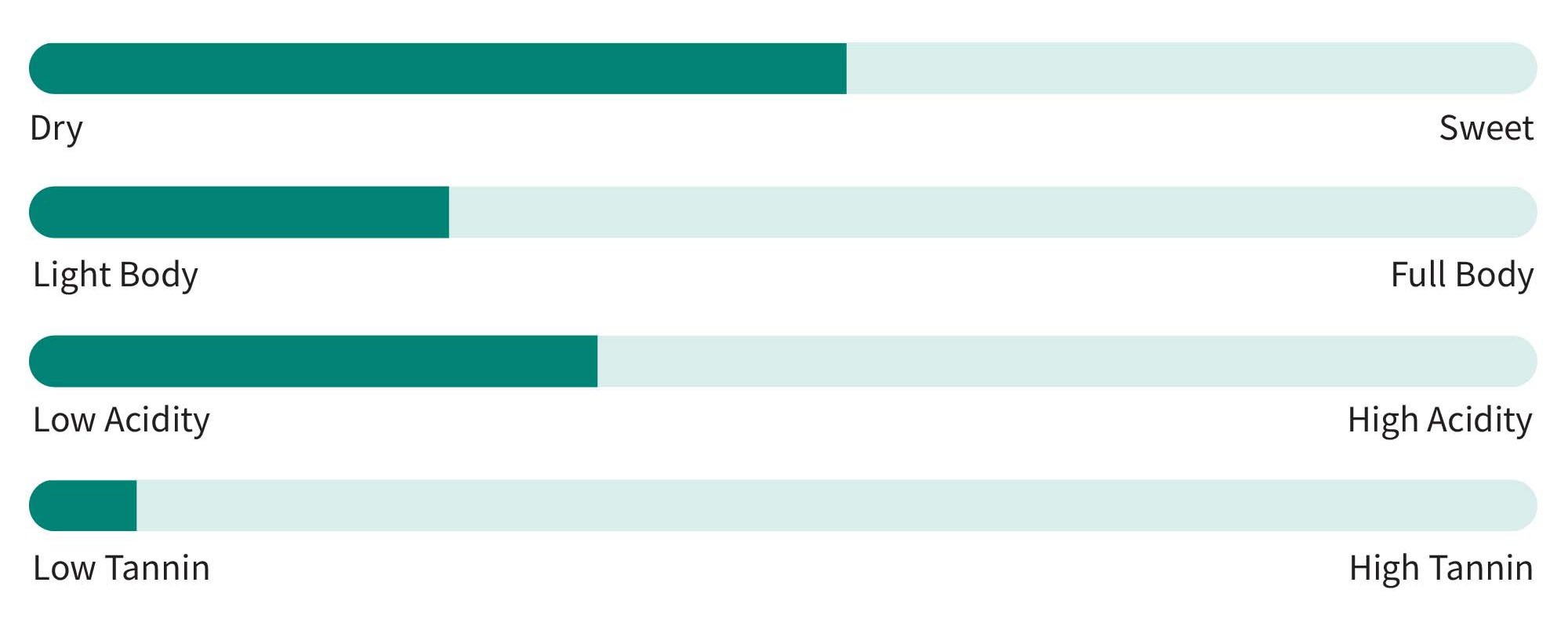
Most Rosés are dry, but you can find some sweet Rosé wines. Sweet Rosé will usually come from the New World versus Old World (Europe). Two common examples are White Zinfandel and Moscato Rosé. While it is often referred to as blush wine, White Zin is a Rosé. Made with red Zinfandel grape, winemakers cut the fermentation process short leaving residual sugar to make the wine sweet, as well as lower alcohol content.
4+ Star Rated Sweet Rose
Key winemaking regions
Rosé wines can be produced anywhere red wine is made. Good Rosé wine is produced throughout the Mediterranean, with fine examples coming not only from France but also Italy and Spain, where they are made in both still and sparkling styles. New World winemakers in California, Australia, and South America have also taken to Rosé. Look for Rosé wines made from grapes already thriving in those regions, such as Argentinian Rosé made from Malbec or California Rosé made from Zinfandel.
France
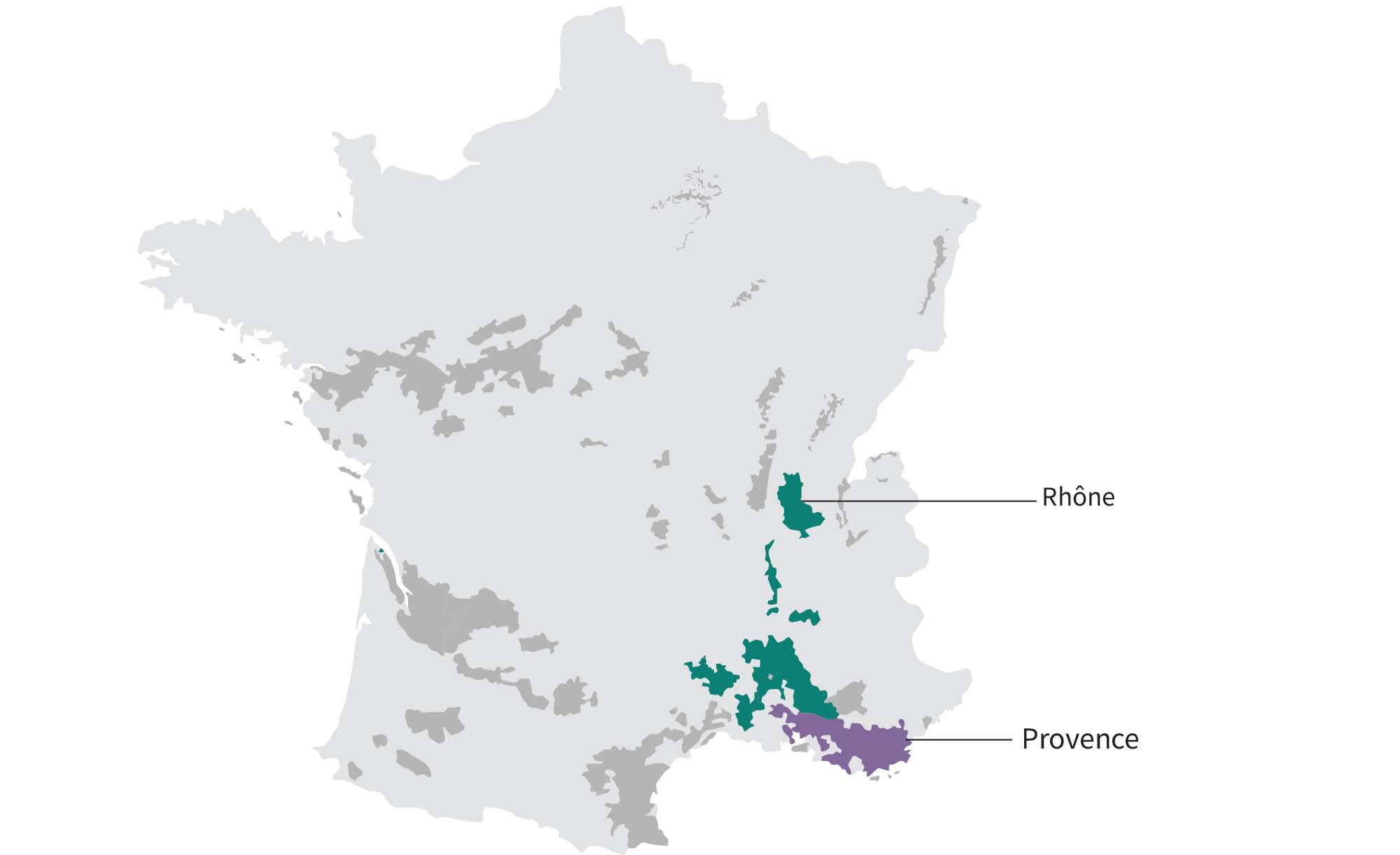
Traditionally, many of the best Rosé wines have come from the South of France. French Rosé wine is easy-drinking, chillable, and offers bright red-fruit flavors that explode on the palate with lovely balance and acidity. They are perfect for sipping outdoors.
Provence
This southeastern region of France is synonymous with Rosé wine. The primary grapes grown in this region are Grenache, Cinsault, and Mourvèdre. These red grapes produce Rosés with tart red fruit flavors that are crisp and light-hued.
The Rhône
In southern Rhône, you'll find one of France’s most famous Rosé producing appellations outside of Provence. Tavel produces Grenache-based Rosé blended with a variety of other native grapes, both red and white. These wines usually have longer skin contact than their Provence counterparts resulting in a deeper pink color. They also have a bit more tannin and structure due to the longer maceration.
Other regions
Languedoc, Bordeaux, Loire, Champagne, almost every region of France produces Rosé wines. Each region uses different red wine grapes resulting in slightly different Rosé styles.
Spain
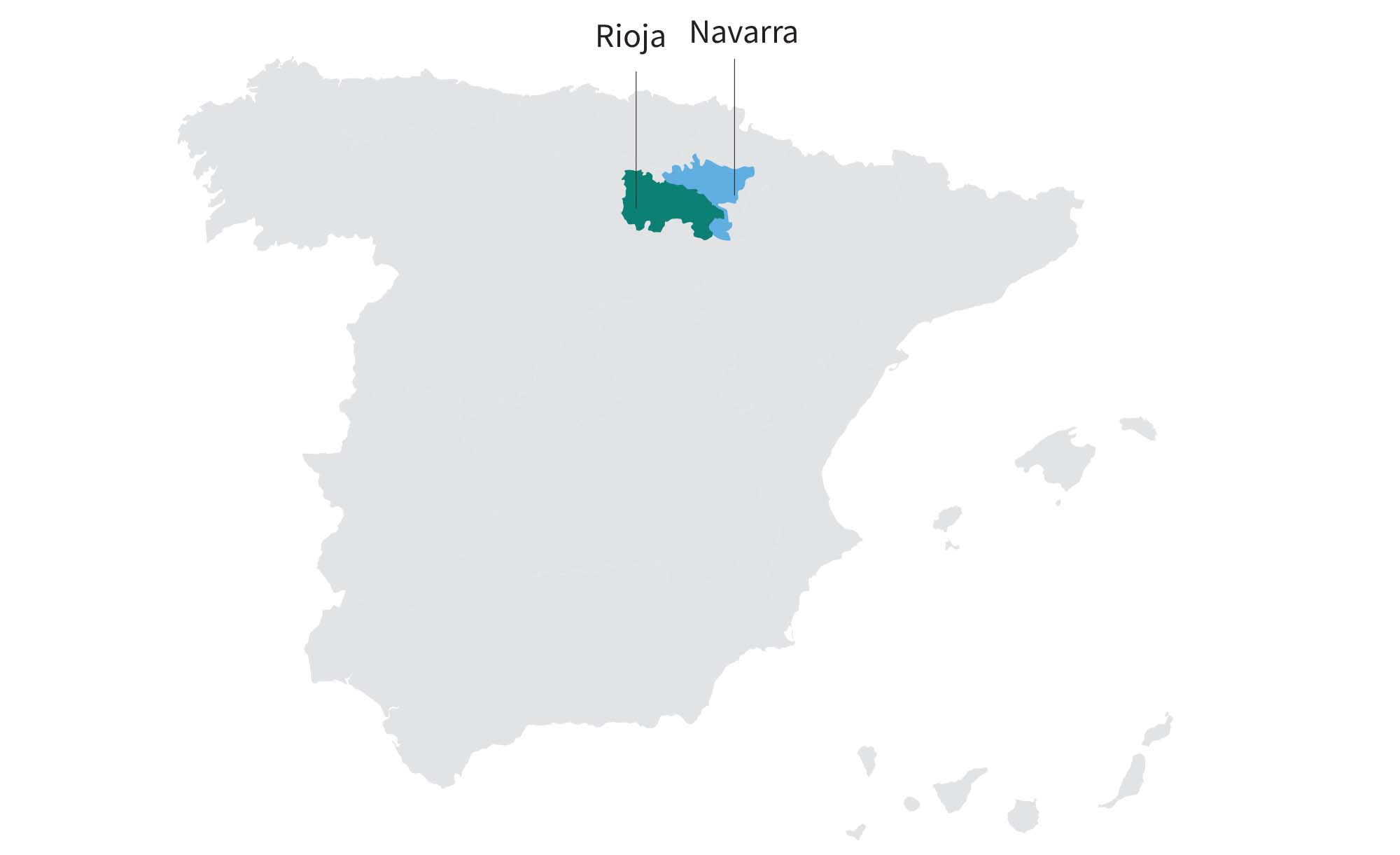
In Spain, Rosé is known by two names. Rosado is used for light pink wines and Clarete is used for darker pink, almost red wines. The two main grapes used to make Rosé in Spain are Garnacha (Grenache) and Tempranillo. Spanish winemakers also use the saignée method more than the French. Pink juice is bled off macerating red wine grapes. The result is a bolder red wine and a secondary Rosé wine.
Rosado wine is made almost everywhere red wine is made in Spain, but two notable regions are Rioja and Navarra (just north of Rioja). Unlike most Rosé wines, Rioja Rosados are aged just like their red wine counterparts. They will be labeled joven, crianza, or reserva and follow the same aging requirements of red wine.
Pairing Rosé wine with food
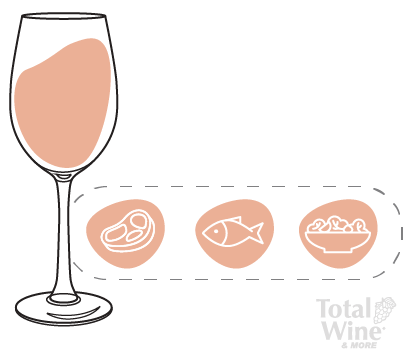
There’s nothing more perfect than a warm day and a chilled glass of Rosé. And since it’s partway between white and red wine, Rosé pairs well with virtually any food — from cheese and charcuterie to sushi and burgers
Lighter Rosés made from Pinot Noir or Grenache go well with salads, grilled fish, and goat cheese. Medium Rosés with slightly bolder flavors can be paired with richer dishes, such as burgers, olives, and charcuterie.
Sparkling Rosés have wonderful acidity and effervescence that makes them great for balancing fried foods, as well as salty cheeses.
When it comes to dessert, look for a sweeter Rosé wine, such as White Zinfandel or Moscato Rosé. Remember, your wine should always be sweeter than your food, otherwise, the sweetness of your dessert will overwhelm your drink.
Ready to try a bottle of Rosé? Check out our list of the best Rosés.


